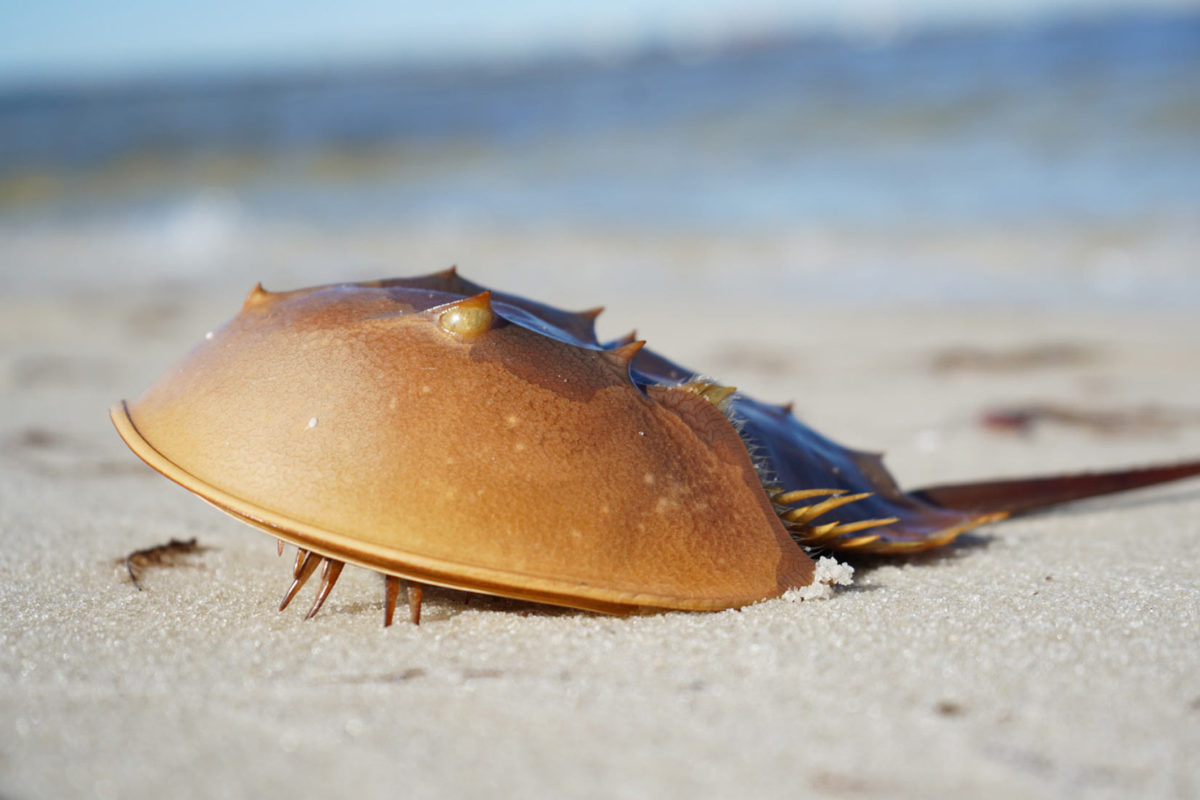by Nicole Rivard
Despite passing by a unanimous vote in the CT House of Representatives, legislation that would ban the hand capture and killing of horseshoe crabs from the waters and shoreline of Connecticut starting in October, did not make it across the finish line as the Senate failed to vote on the bill before the legislative session ended May 4.
“This was an important bill. We are really disappointed it didn’t get across the finish line,” said state Sen. Christine Cohen, a champion of the legislation who has a front row seat to the plight of horseshoe crabs in Guilford. “We are grateful for our champions, but we need to do better next year.”
Friends of Animals helped draft the bill, which was introduced and also championed by Stratford Rep. Joe Gresko.
“Rest assured, we plan to get the legislation passed in 2023 and make it effective immediately when it gets signed in June, thus preventing the death of thousands of horseshoe crabs next summer. So all is not lost,” said Priscilla Feral, president of Friends of Animals.
“It was gratifying to see a wildlife protection bill remain intact and have such overwhelming support in the House. It’s a testament to Rep. Gresko, whose genuine love for these ancient mariners gave the bill the energy it needed.”
Horseshoe crabs are already functionally extinct in Long Island Sound, which means they can’t fulfill their crucial ecological role in providing food and shelter for many other species, so Connecticut needs to stop the reckless, unnecessary killing of horseshoe crabs for bait so people could eat smoked eel and conch fritters.
CT DEEP’s revised regulations for the upcoming season still allow approximately 15 permit holders to kill 150 horseshoe crabs per day from May 22-July 7, excluding weekends and 5 days around the full moon in June. That means theoretically that this year each license holder could still kill a staggering 4,350 individuals of this “living fossil.” And these numbers don’t address poaching, which is clearly going on according to eyewitness testimony submitted during the Environment Committee’s public hearing in March.
“Horseshoe crabs need protection before it’s too late,” Feral said. Connecticut’s quota for its annual haul is still an appalling 48,689.
“Horseshoe crabs have figured out how to harmonize with the environment to last half a billion years. Humans can really learn a thing or two from them,” said Feral.
In mid-May and early June, during the high tides three days before and three days after the new moon and the full moon, female horseshoe crabs come ashore, where the males are waiting. Time to lay the eggs.
“I look in three beach areas in Rowayton, where I live. Usually, I’ll see maybe two one day; if I keep looking, I might see several more another day,” Feral said. “If you find a horseshoe crab on the beach this summer flipped on its back, offer it a hand by turning the crab over so they can fulfill their vital role as a dominant species of the Long Island Sound ecosystem.”

